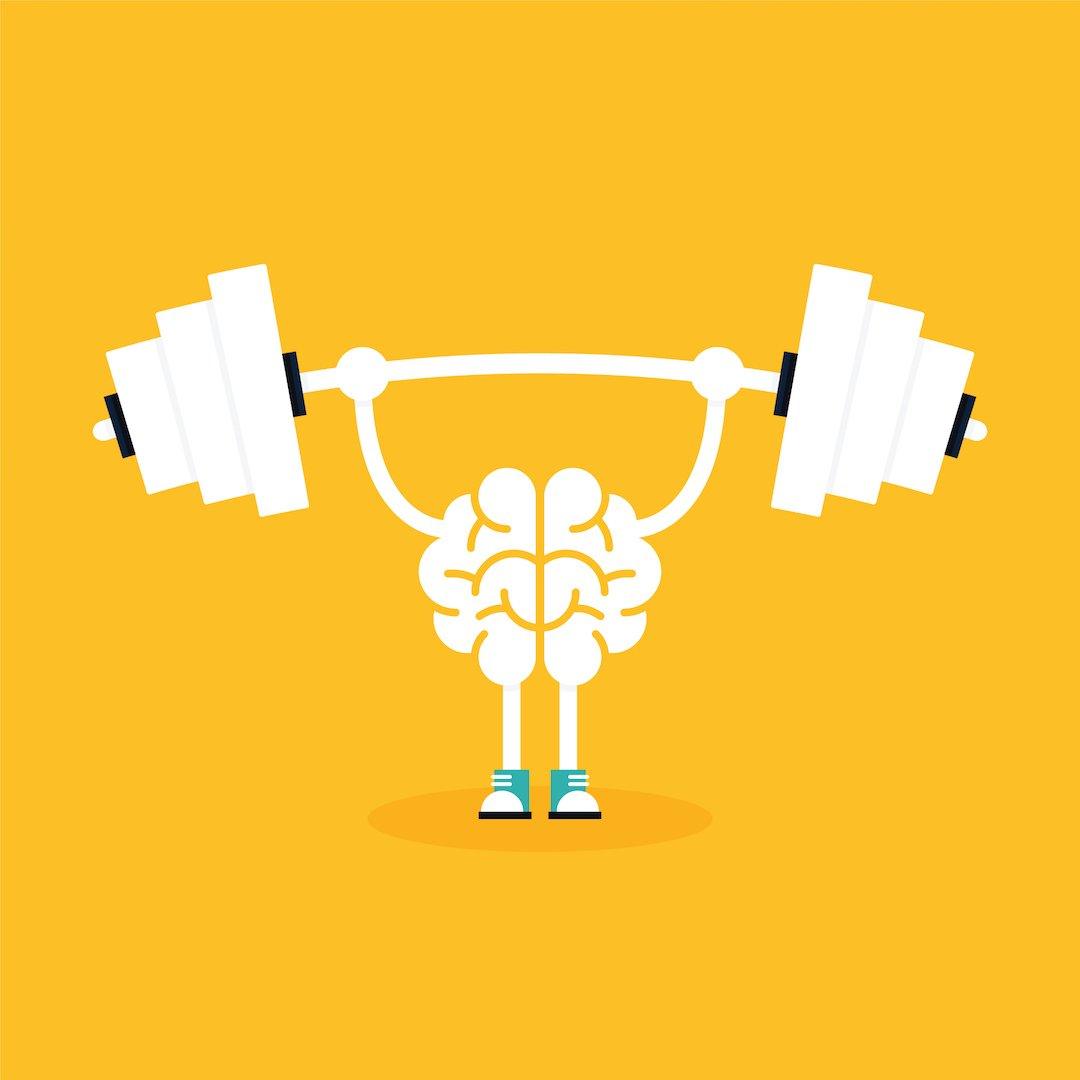

How to Increase Your Running Speeds: Follow The Tips
Table of Contents
We all make sure to work out the muscles in our bodies, but one muscle we all forget is our brain. You can only get so fit by working out at a gym. It is now proven that there are many different aspects of your workout that require mental strength. These four different ways are here to help you increase your running speeds, increase your muscle growth and help you work harder in and outside of the gym.
- Encouragement Can Give an Athlete A Leg Up
The best way to get an athlete to increase their performance is through positive encouragement. Types of positive encouragement like verbal encouragement can expressively increase the speed and effort of a runner. This is great news for those who work out with a coach, partner or even a personal trainer. The effects that these people can have in your workout can help you run faster, gain muscle quicker and overall be healthier.
- Your Mental Imagery Can Be Related to Your Athletic Success
The act of focusing on your future, getting the win or beating your best personal record has been proven to help you achieve your new goals. Athletes at a national and professional level have said that believing in their mental imagery helps to improve the focus of their athletic performance. A great way of gaining more muscle and increasing speed can no longer just be found in the gym. It is time to make sure that your brain and mental health are at the same strength level as your body.

- Creatine Supplementation Can Decrease Your Mental Fatigue
A key to success in the fitness and sports industry is making sure that you are taking care of your mental health. Making sure that you are sustaining a high level of sensitive mental focus is important is growing as an athlete. A great way to use supplements and vitamins to increase your mental capabilities is adding in creatine into your diet. The increase in creatine (a natural molecule found in meats, dairy, and fish) can help increase the amount of oxygen that reaches your brain. This increase in oxygen can help you to have a boost in your athletic performance as well as any type of cognitive performance.
- Running Keeps You Mentally Fit
Along with adding supplements and vitamins into your diet running can help keep you mentally fit. Running or other types of cardiovascular exercise can help decrease the deterioration of your brain cells. This can help stop diseases like Alzheimer’s and Dementia. These diseases can cause long-lasting effects on your brain and mental health. Running can help you keep stronger ties to your cognitive function as you get older. The stimulation that your brain cells get from running is what can help you keep you mentally fit.
Keeping your body healthy is no longer just in the gym. Making sure that you keep up your cognitive health is the main goal in keeping your body fit as well. Continual exercise of the brain through running, positive reinforcement and sometimes extra supplements and vitamins can help you improve all aspects of your life.
Answers You Want To Know
1. How can I increase my running speeds?
While there is no one-size-fits-all answer to this question, increasing your running speeds can be done by incorporating the following strategies into your running routine:
- Incorporate warm-ups and cool-downs into your running routine.
- Practice a variety of footwork drills that will improve your quickness, agility, and coordination.
- Increase your mileage gradually and build up to higher mileage levels over time.
- Train indoors as often as possible to minimize the impact of environmental conditions on your running speed.
- Train with a faster pacesetter to help you maintain consistency and learn from their running experience.
- Use compression gear and clothing to reduce muscle fatigue and improve performance.
2. What are the best exercises for runners who want to improve their speed?
There are many different types of exercises that runners can do to improve their speed. However, the three exercises that have been shown to be the most effective for improving running speed are hill sprints, fartlek runs, and circuit training. Hill sprints are a type of running exercise in which runners sprint up a hill as fast as they can while recovering between sprints. Fartlek runs are a type of running where runners continuously alternate between sprinting and walking. Circuit training is a type of exercise that involves completing a set number of repetitions (usually around 12) of one type of endurance or resistance exercise followed by a short rest interval.
3. What are some of the common running injuries and how can I prevent them?
Running injuries are a common problem among runners, and they can be prevented by following a few simple guidelines.
- Make sure to warm up properly before running: Running is most effective when your body is gradually warmed up, so it's important to spend some time warming up before starting your run.
- Wear the right running gear: Make sure that you're wearing the right clothes and shoes for your running type and terrain. Running shorts or tights may not provide enough protection from friction and chafing, while running shoes that are too tight can cause additional injury.
- Use caution when crossing roads: When running in streets or other public areas, be aware of your surroundings and avoid running across busy intersections or roads.
Stay safe and enjoy your running!
4. How often should I be doing cardio to help improve my running speed?
There's no one-size-fits-all answer to this question, as the frequency of cardio you should be doing will vary depending on your goals, fitness level and running style. However, typically speaking, people who are looking to improve their running speed should be doing cardio at least 3 times per week.

















